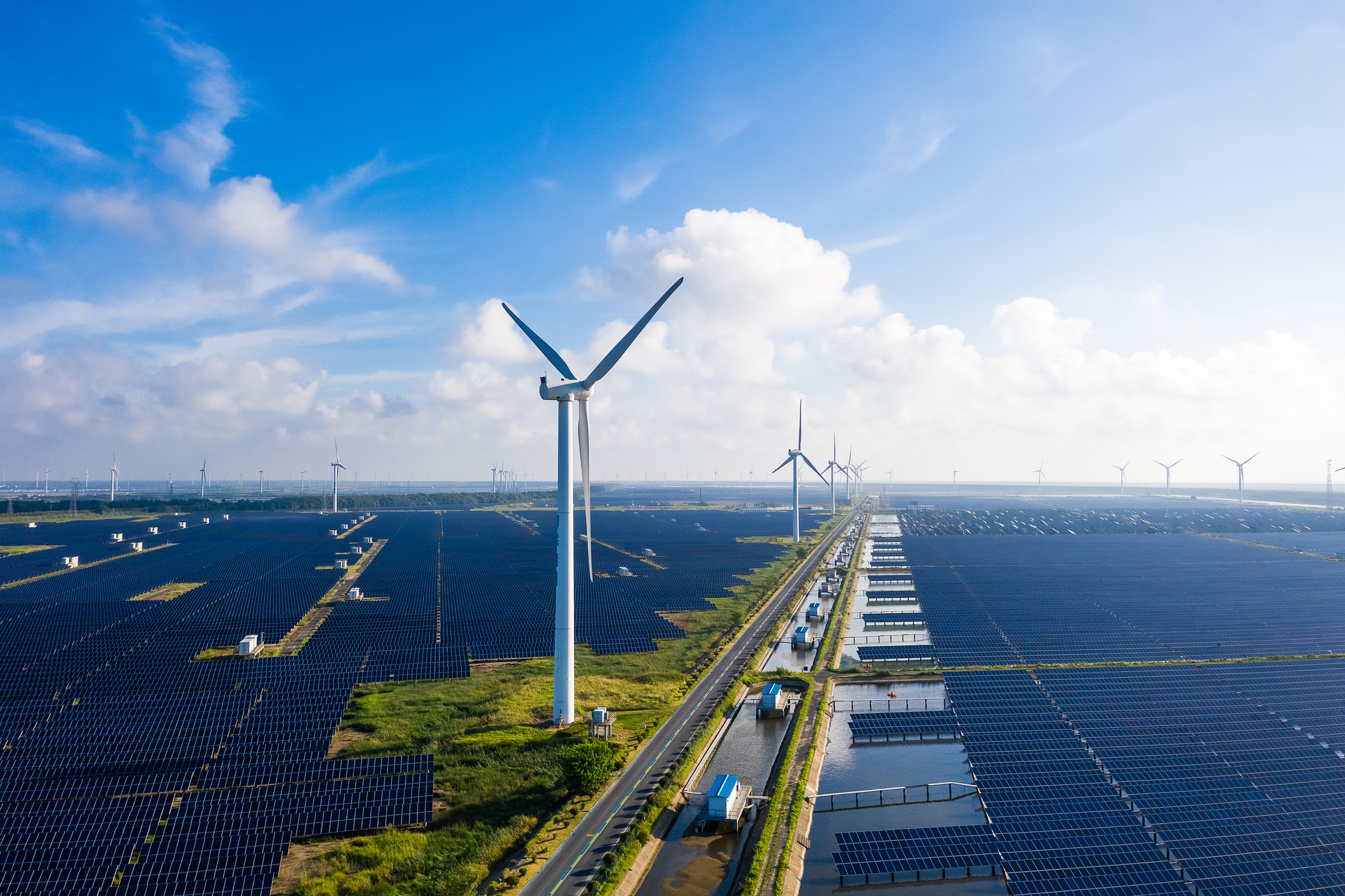Ground Breakers: Another day, another emissions target from a global mining giant

Pic: Jia Yu/Moment via Getty Images
- AngloGold Ashanti to trial world’s largest electric underground mining truck at Sunrise Dam gold mine in WA
- South African giant will spend $1.75 billion on 30% emissions reduction by 2030
- Materials sector on a knife-edge in early trade
AngloGold Ashanti (ASX:AGG) says it will trial underground mining’s largest battery electric vehicle truck with Sandvik at its Sunrise Dam gold mine in Australia as part of a suite of measures to bring its greenhouse gas emissions down 30% by 2030.
Costing around US$1.1 billion ($1.75b) over the next eight years, including US$350m backed by a US$250-300m green funding facility from AGG and US$750m through third party funding like renewable energy providers, the initiatives would reduce the South African gold giant’s carbon bill from 1.4Mt to 1Mt by the end of the decade.
A number of mining companies have announced 2030 reductions to varying degrees of ambition.
Not many have been able to consistently reduce CO2 emissions at their operations year on year.
AGG has had a decarbonisation target since 2008, when it pledged to reduce pollution by 30% from its 2007 base. On 2021 levels it has achieved a 47% reduction since then, but there is some fine print.
That includes closures and project divestments, the latter not something most modern day activists would look kindly on as a demonstration of green stewardship.
Like many mining majors AGG plans to get to net zero by 2050.
Wind, solar, EVs, grid
The BEV trial with Sandvik at the large Sunrise Dam underground mine, which has also previously been part of a study into the negative health impacts of diesel particulates, is one of a number of measures to switch out diesel and increase the renewables penetration at Anglo’s mine sites.
A PFS has also started at Cuiaba in Brazil to replace some mobile fleet with BEVs, with about 60% of the planned emissions reductions to include the installation of wind and solar at its Australian operations (Sunrise Dam and Tropicana), and solar plants at Siguiri in Guinea and Iduapriem in Ghana.
The viability of a wind farm at Cerro Vanguardia in Argentina is also being studied, with Anglo saying most projects are expected to be NPV positive due to avoiding high fossil fuel costs and improved energy security.
Two switches to cleaner grid power are also near complete at the Geita mine in Tanzania and in Brazil, where AGG plans to flip to full hydro power.
“We have a clear pathway to achieve our target by 2030, when we expect to have lowered our overall emissions by almost a third,” AGG CEO Alberto Calderon said.
“This ensures we continue to do our part in reducing our carbon footprint, while also improving the value of our business.”
In a talk in Melbourne earlier this year, Calderon lobbied for investors to include gold in ‘green portfolios’, arguing portfolios with exposure to the precious metal has lower CO2 intensity despite gold not boasting a status as a “battery metal”.
AngloGold Ashanti (ASX:AGG) share price today:
And the markets?
We’re on a knife-edge in the materials sector, down 0.01% at 1pm AEDT, with a strong run for industrial metals cancelling out a rare dip for battery metals stocks.
Fortescue (ASX:FMG), New Hope (ASX:NHC), South32 (ASX:S32), Zimplats (ASX:ZIM), Alumina (ASX:AWC) and West African Resources (ASX:WAF) were all up big.
Gold rose slightly to US$1675/oz overnight, but all eyes are now on the US CPI print.
Thermal coal rose back above US$400/t to US$405/t, while iron ore was clipped to under US$94/t as China announced the temporary reduction of steel output to ensure “clear skies” for this weekend’s National Congress.
Related Topics

UNLOCK INSIGHTS
Discover the untold stories of emerging ASX stocks.
Daily news and expert analysis, it's free to subscribe.
By proceeding, you confirm you understand that we handle personal information in accordance with our Privacy Policy.








